
Nam Ngum 1 Dam Hydropower Info by Hobo Maps - Go to Hydropower Projects Page - - Home
The Nam Ngum 1 hydropower project is located in KeoOudom District of Vientiane Province, about 60 kilometers north of Vientiane on the Nam Ngum (river), a tributary of the Mekong. Nam Ngum is pronounced like "Nam Nyum".
Nam Ngum 1 Dam and Reservoir images below:

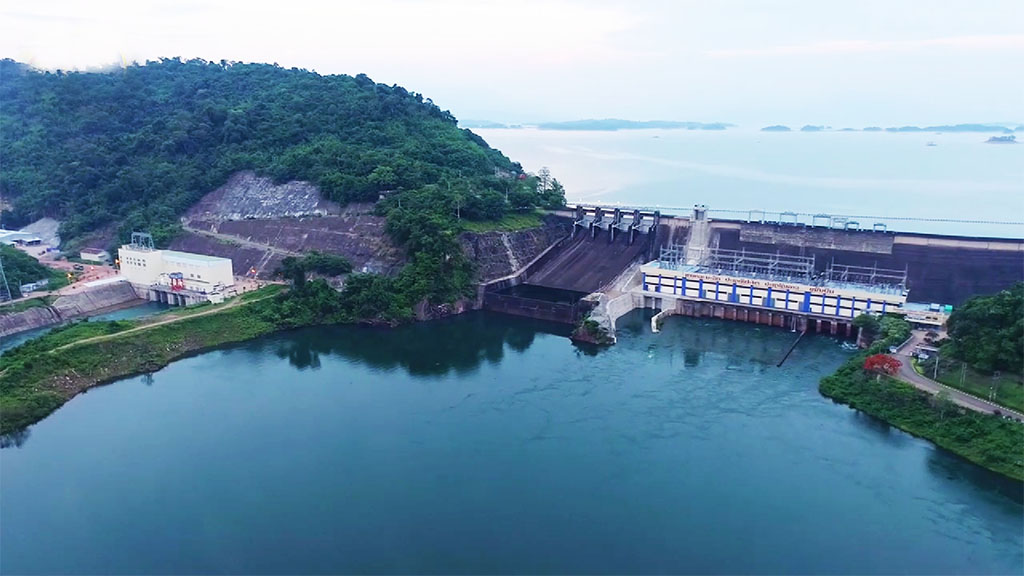
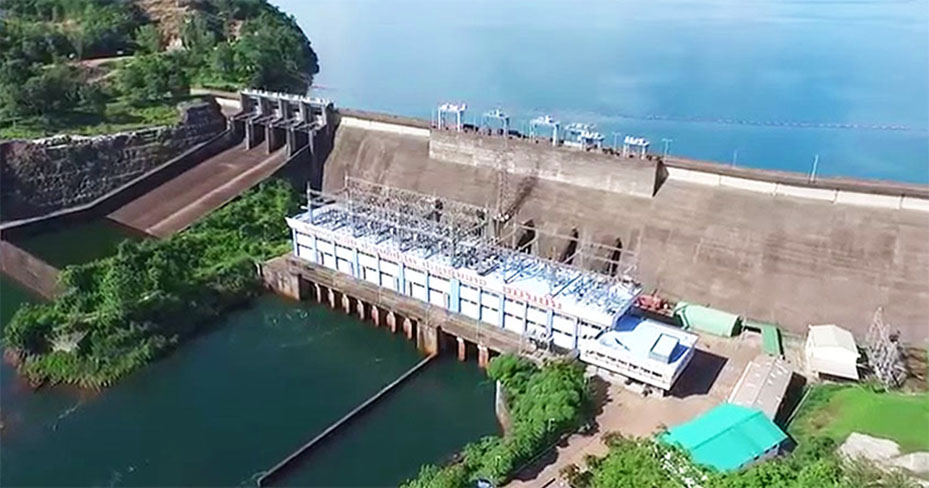
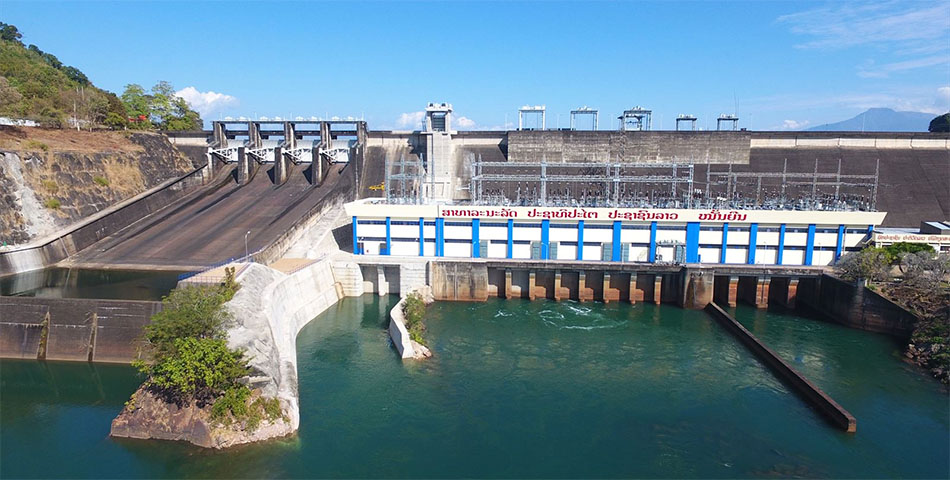
Nam Ngum 1 was the first mid-sized hydropower project in Laos (tiny Xelabam HPP in the south was the first) and export earnings from the Nam Ngum 1 project represented most of Lao export earnings in its early years of operation.
Nam Ngum 1 Hydropower Plant has a large reservoir with a traditional concrete dam and power station in the base of the dam. The project started commercial production on August 25, 1971 as the first major hydropower project in Laos. The reservoir surface at Full Supply Level is 212 meters above mean sea level and 196 meters at Minimum Supply Level.
The dam structure is 75 meters tall and 468 meters long. Additions and improvements after 1971 have increased the generating capacity and amount of water flowing thru the system. Most of the nearby Nam Song (river) flow has also been diverted into Nam Ngum 1 reservoir.
Geographic coordinates of the dam structure are 18°31'51.6"N 102°32'49.2"E (18.531, 102.547).Nam Ngum 1 dam structure location is shown in satellite image below:
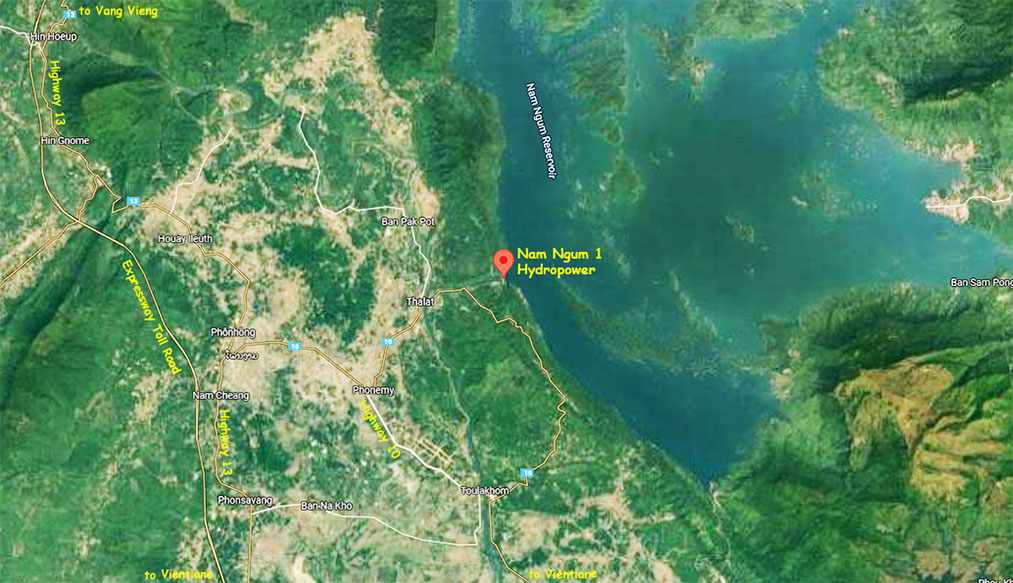
Nam Ngum 1 is owned by the government of Laos and currently managed by EDL GEN.
The original phase of the project cost about US $25.25 million and was financed by international bilateral aid grants and loans from Japan, Canada, New Zealand, Denmark, Laos, Thailand, Australia, France and the United States.
The Nam Ngum reservoir is the largest body of water in Laos with storage capacity of 7 billion cubic meters and surface area of 370 square km.
In 2024 the project has output capacity of 275 megawatts (MW) and annual output potential of 1,140 GWh.
The Nam Song diversion & the Nam Leuk diversion now add more inflow into the reservoir.
Nam Ngum 1 hydropower downstream views below:
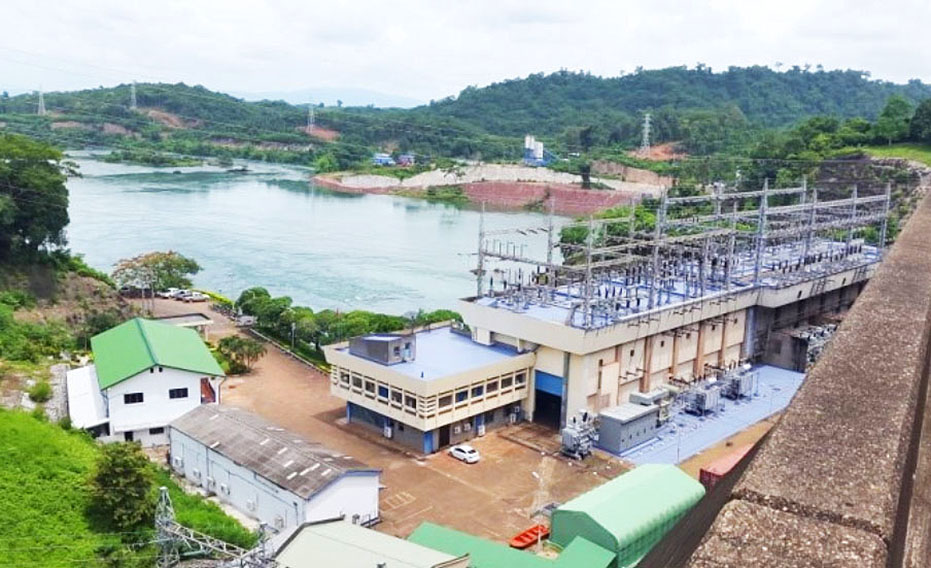

Phase 1 of Nam Ngum 1 Hydropower Plant commenced in 1968 and was commissioned in 1971 at the cost of US$ 28 million. The facilities in this phase included a gravity concrete dam, a power plant at the base of the dam with two 15 MW generating units and provisions for three additional units. The generated output is sent to EDL's single circuit 115 kV transmission line from Nam Ngum site through Phonetong Substation to EGAT's grid at Nongkhai (Thailand).
Phase 2 was commissioned in 1978 and finished in 1980 at the cost of US$ 49 million. This phase included installation of spillway gates, new penstocks, new intake gates and an extension of the powerhouse to accommodate three new generating units. Two new units were installed at 40 MW each. The new additional output of 80 MW is sent thru Phonetong Substation to EGAT's grid at Udon 1 and 2 Substations in Thailand. Totalcapacity now 110 MW.
Phase 3 was commissioned in 1984 at a cost of US$ 20 million. A 40 MW generating unit was installed in order to fully utilize the hydropower potential from the facilities previously installed. This phase raised MW capacity to 150 MW.
Phase 3.5 in 2004 added 5 MW from remodeling turbines 1 &2 to add 2.5 MW capacity to each = 155 MW total.
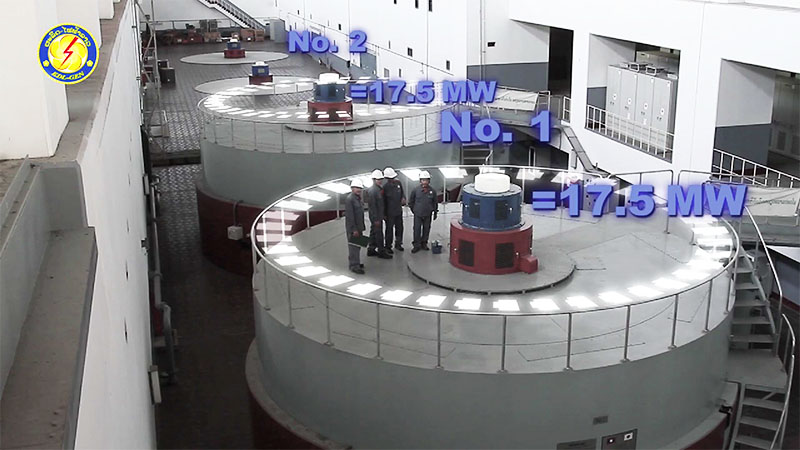
Phase 4 in 2021 added 80 more MW from new units 7 & 8 = 235 MW total.
Phase 5 in 2022 added a new 40 MW turbine = 275 MW total that is able to generate up to 1,040 GWh output per year.
There are two powerhouses now in 2024 after the additions.
See a nice 2023 video HERE that explains all the above plant upgrades over the years among other things.
The latest 2022 extension image below:
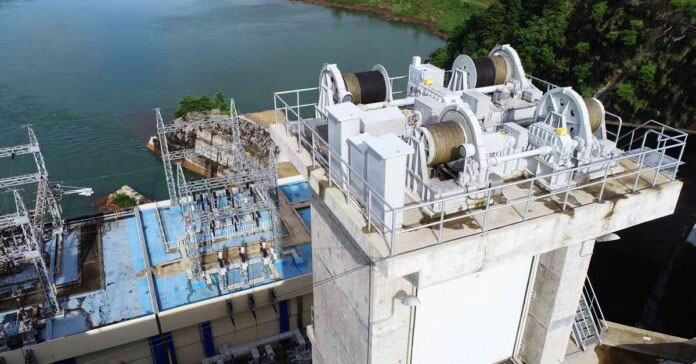
Voith Fuji Hydro KK Company, was responsible for the installation of electrical and mechanical equipment beginning in February 2018 and ending in March 2022 for Phase 5.
Nam Ngum powerhouse interior image below shows two turbines from 1971 Phase 1 at 15 MW each in foreground and in the background two turbines at 40 MW each from Phase 2 installed in 1978:
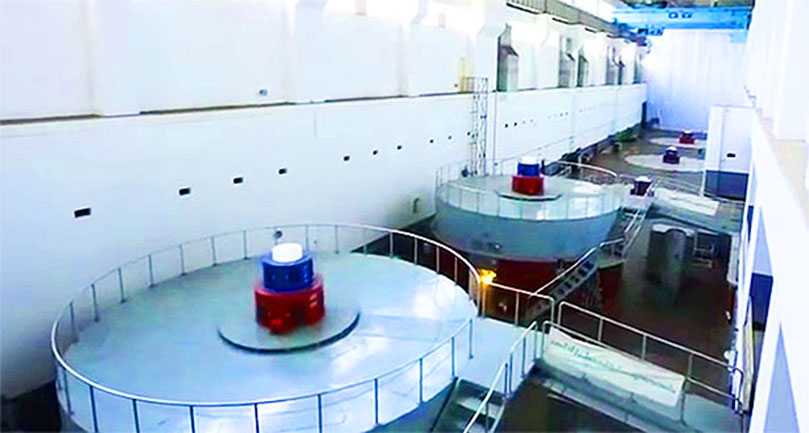
Nam Ngum 1 phase two turbines below at 40 MW each.
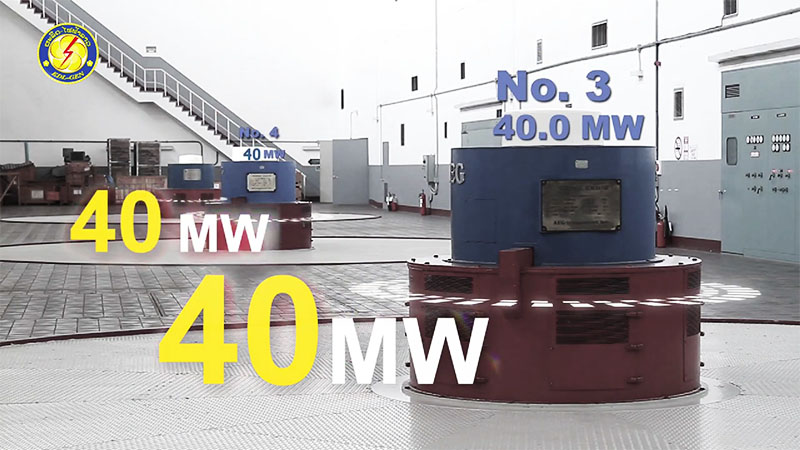
1984 Phase 3 generator image below (40 MW):

Nam Ngum 1 Phase 5 image below - construction to add a new 40 MW turbine in 2022:

Nam Ngum control room image below - unsure if for power generation or for transmission or both
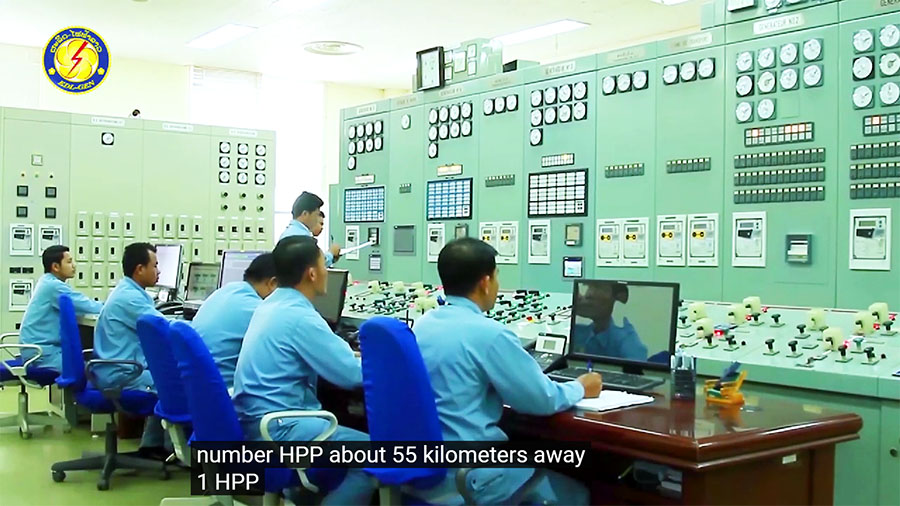
Nam Ngum 1 reservoir intake structure image below:

Nam Ngum reservoir playground images below:
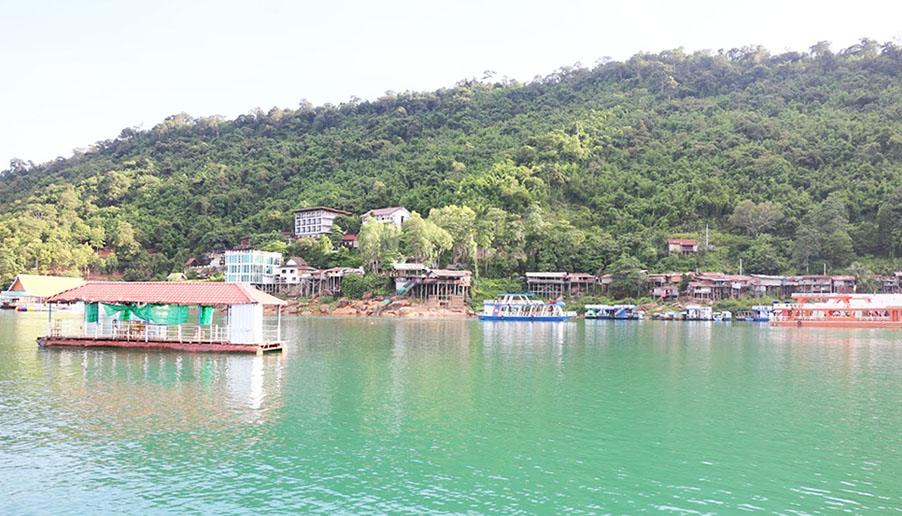
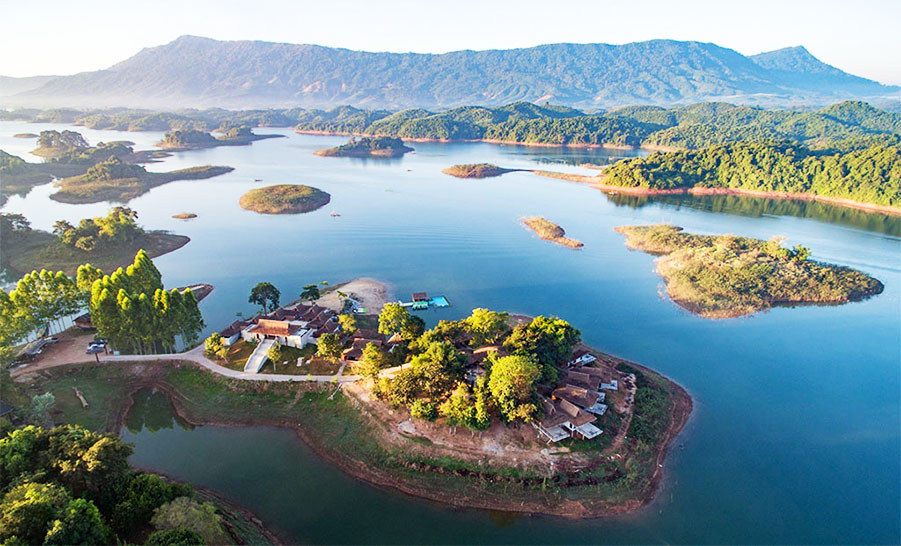
Nice 2023 video by EDL GEN of Nam Ngum 1 Dam & Reservoir HERE .
Recreation video by Lao tourist HERE .
Nam Ngum 1 Hydropower details below from 2004 to 2020 prior to latest Phase 4 & 5 upgrades:
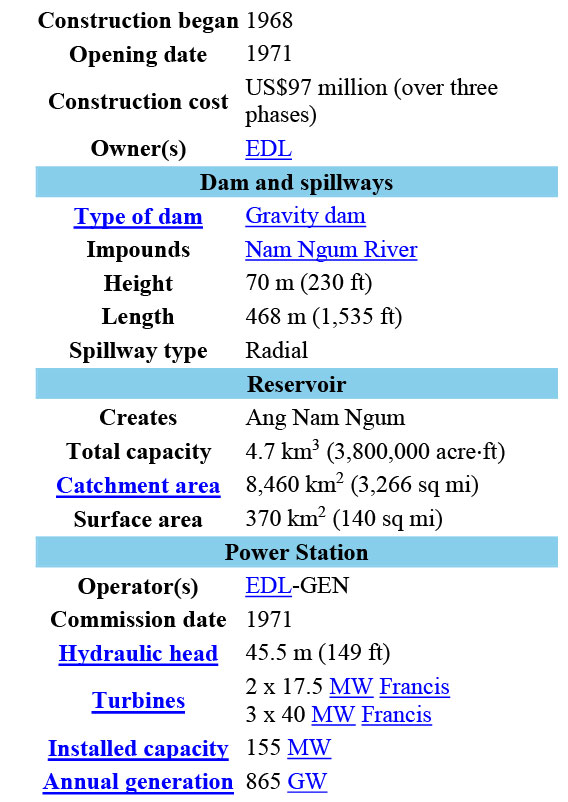
Reservoir capacity in 2024 was reported by EDL GEN at 7,108 million cubic meters (different than 4,700 mcm reported in chart above which may be active portion)
Full supply level of reservoir is at 212 meters above sea level. Reservoir area covers 370 square kilometers.
Concrete gravity dam structure is 468 meters long & 12 meters wide at the crest.
Nam Ngum Basin Map below
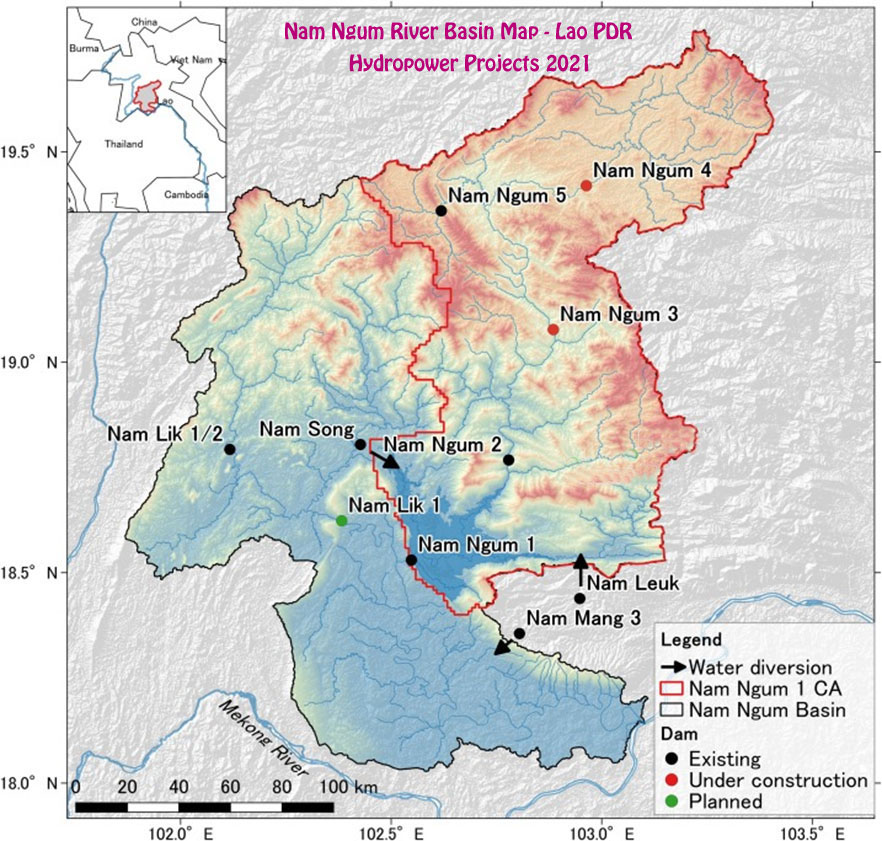
Nam Ngum 1 location is shown in lower left part of map below:
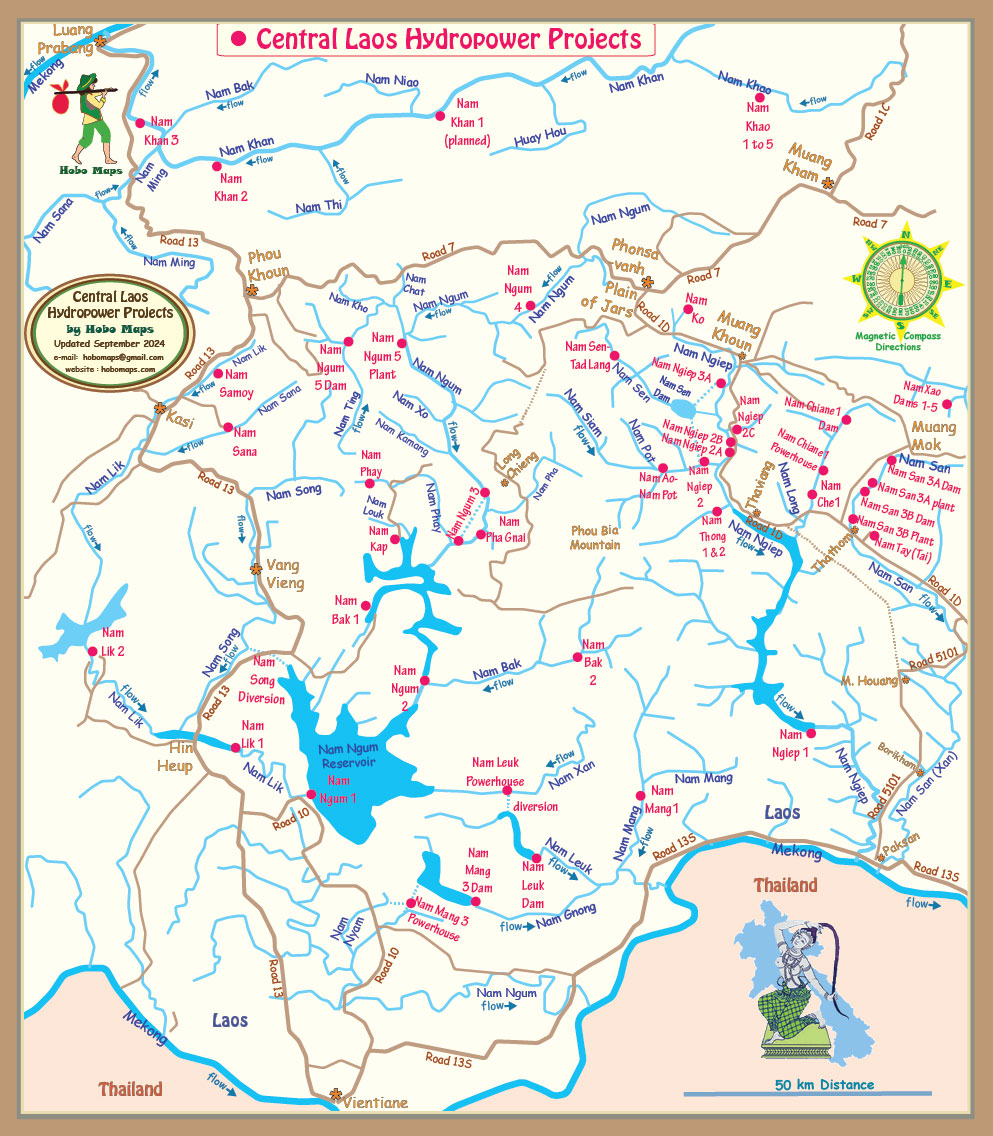
Nam Ngum 1 & Nam Leuk Data Chart below:
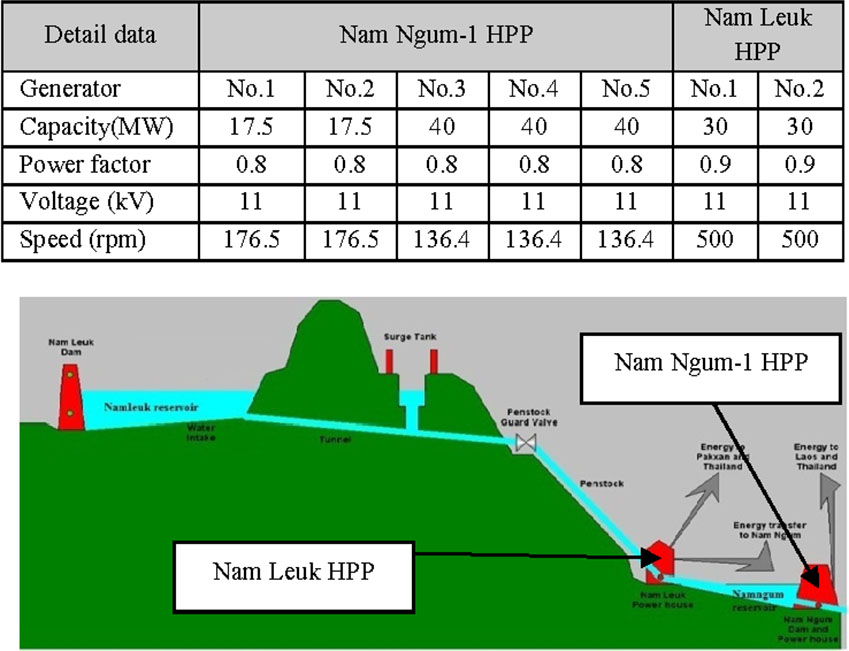
Nam Ngum 1 reservoir Full Supply Level elevation of 212 meters above sea level in chart below.

Nam Ngum 1 History: The history of the Nam Ngum 1 hydropower project goes back to 1957 when Souphanouvong (then the Prince and later the first President of Laos) met famed Japanese engineer Mr Kubota Yutaka at Vientiane’s Settha Palace Hotel. The two men discussed the possibilities of hydropower generation on the Nam Ngum river north of Vientiane.
In 1959, a contract for a development study was signed between the former Kingdom of Laos and Nippon Koei Co., Ltd. The Nam Ngum 1 hydropower plant has survived amid severe challenges, from construction to commissioning. These include the dangers to health and safety caused by the Indochina War to tropical diseases and the rudimentary state of available healthcare. In the first phase of construction, beginning in 1968, deadly malaria claimed several lives.
Japanese contractors have continued working on upgrades and additions to the project including the latest in 2022.
Nam Ngum, Nam Ngiep & Nam Xan area relief map below before reservoirs.
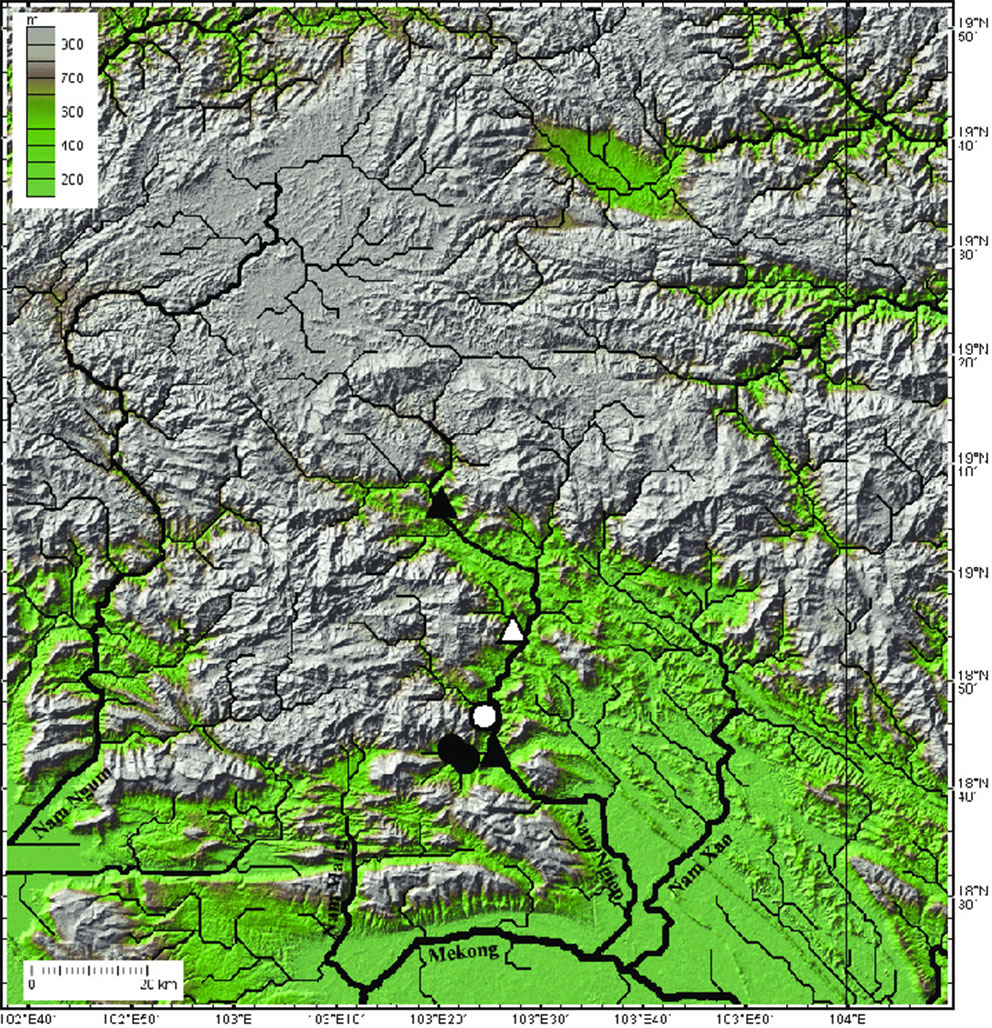
Solar Power Project for Nam Ngum Reservoir
In Feb. 2020 a floating solar power project was created as a joint venture with the Lao government holding 20% and private companies holding 80%. The project is to have generation capacity of 1,200 MW and cover almost 1,500 hectares of the reservoir of Nam Ngum 1 dam. The project would be subject to a 25-year concession.
The project is to be implemented in two phases with the first phase between late 2020 and 2023 for generation capacity of 300 MW and second phase between 2023 and 2026 for a capacity of 900 MW. The project includes new 115/230-KV transmission lines from the project site 40 km to Sengsavang Substation in Thoulakhom district, Vientiane province.
The project has solar power generation equipment floating on the water surface with no occupation of land areas. Solar panels are mounted on a buoyant frame to hold them above the surface of the water. The cooling effect from the solar panels being near the water surface helps with the efficiency of the system.
Photovoltaic floating (PVF) is the term used for a solar array that floats on a body of water.